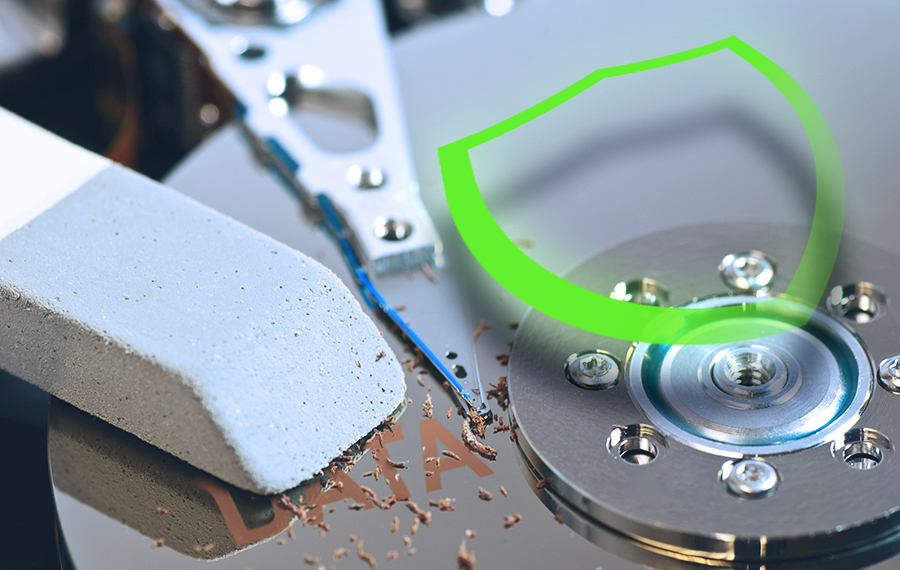If it’s time to replace your IT equipment, double-check that your data security policy includes a secure chain of custody and an electronic data destruction process. This ensures that your hardware with sensitive data moves safely from your facility through data destruction to a properly vetted, certified asset disposition company. To reduce the risk of legal, financial, and PR disasters, make sure a certified and bonded service provider handles onsite data destruction or securely transports the assets. This step helps prevent a data security breach.
What is a Chain of Custody?
Chain of custody is a fully auditable paper trail that provides end-to-end visibility. It documents what was done, when, and by whom during electronic data destruction. This process should include:
- An assigned project manager
- Identification and scanning of all serial numbers for tracking
- Optional: Scanned and matching computer and hard drive serial numbers
- A record of the time and method of disposition
- Identification of the person executing the procedure
- A video recording of the process
- A signed Certificate of Destruction proving compliance with relevant privacy legislation.
Why do you need a Chain of Custody?
An auditable chain of custody is essential for regulatory compliance and data management. It protects your business from fines related to data breaches caused by improper IT asset disposal. A secure chain of custody includes a Certificate of Destruction. This nationally recognized document helps prove compliance with state and federal privacy laws such as HIPAA, PCI, FACTA, Gramm-Leach-Bliley, and Sarbanes-Oxley.
NAID AAA Certification and Chain of Custody
Choosing a NAID AAA certified data destruction vendor ensures top-tier information security. These companies undergo both scheduled and surprise audits. Their chain of custody procedures face strict scrutiny. Opting for onsite electronic data destruction reduces the risk of gaps in the process caused by packing and shipping. Additionally, onsite destruction allows your staff to witness the process, strengthening verification and security.
Chain of custody is a legal obligation for those disposing of sensitive data. To ensure compliance, integrate it into your IT Asset Disposition (ITAD) program. Ask your VAR or contact Guardian Data Destruction for guidance. Avoid the embarrassment, financial loss, and legal consequences of a preventable data breach.



